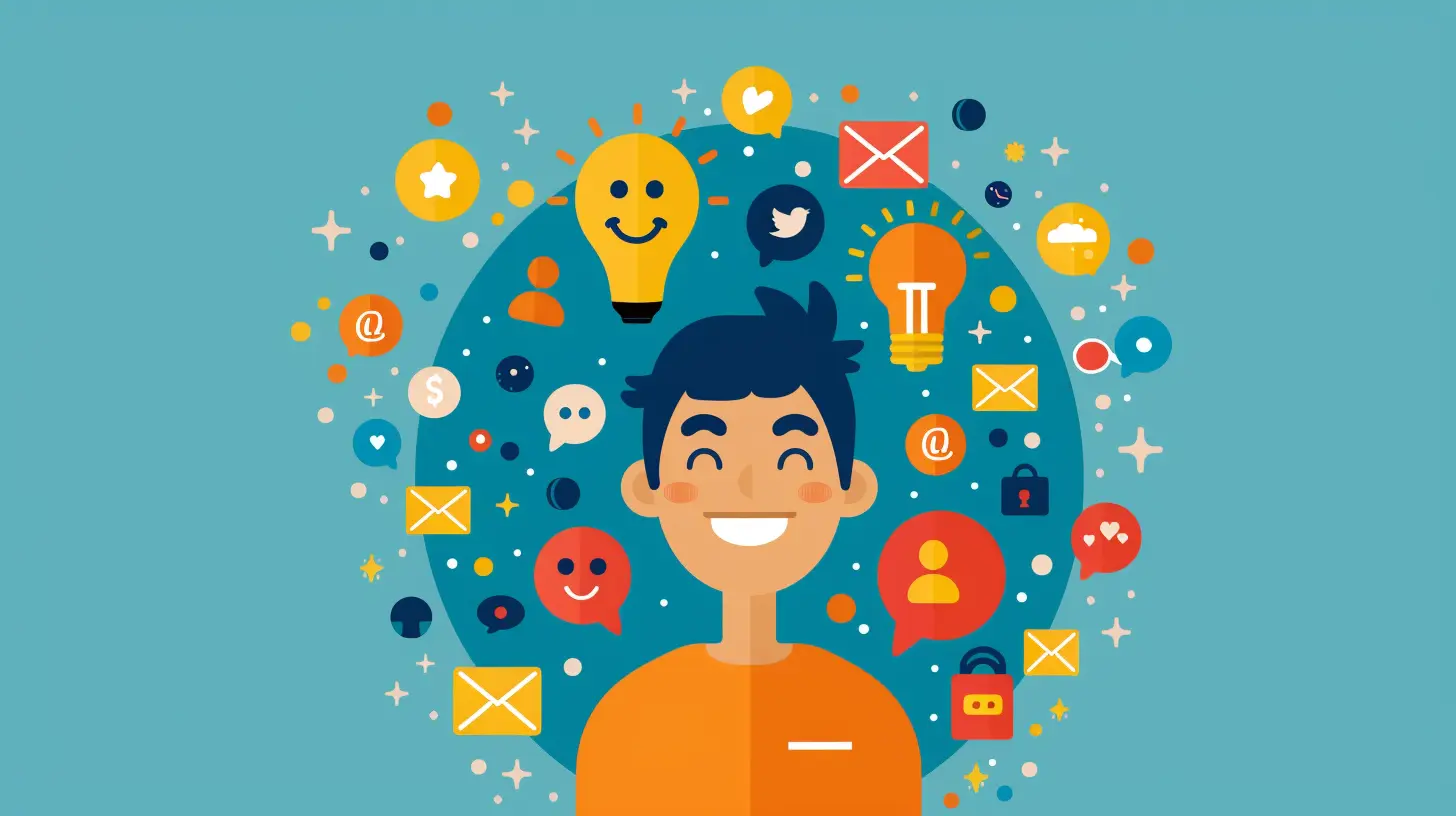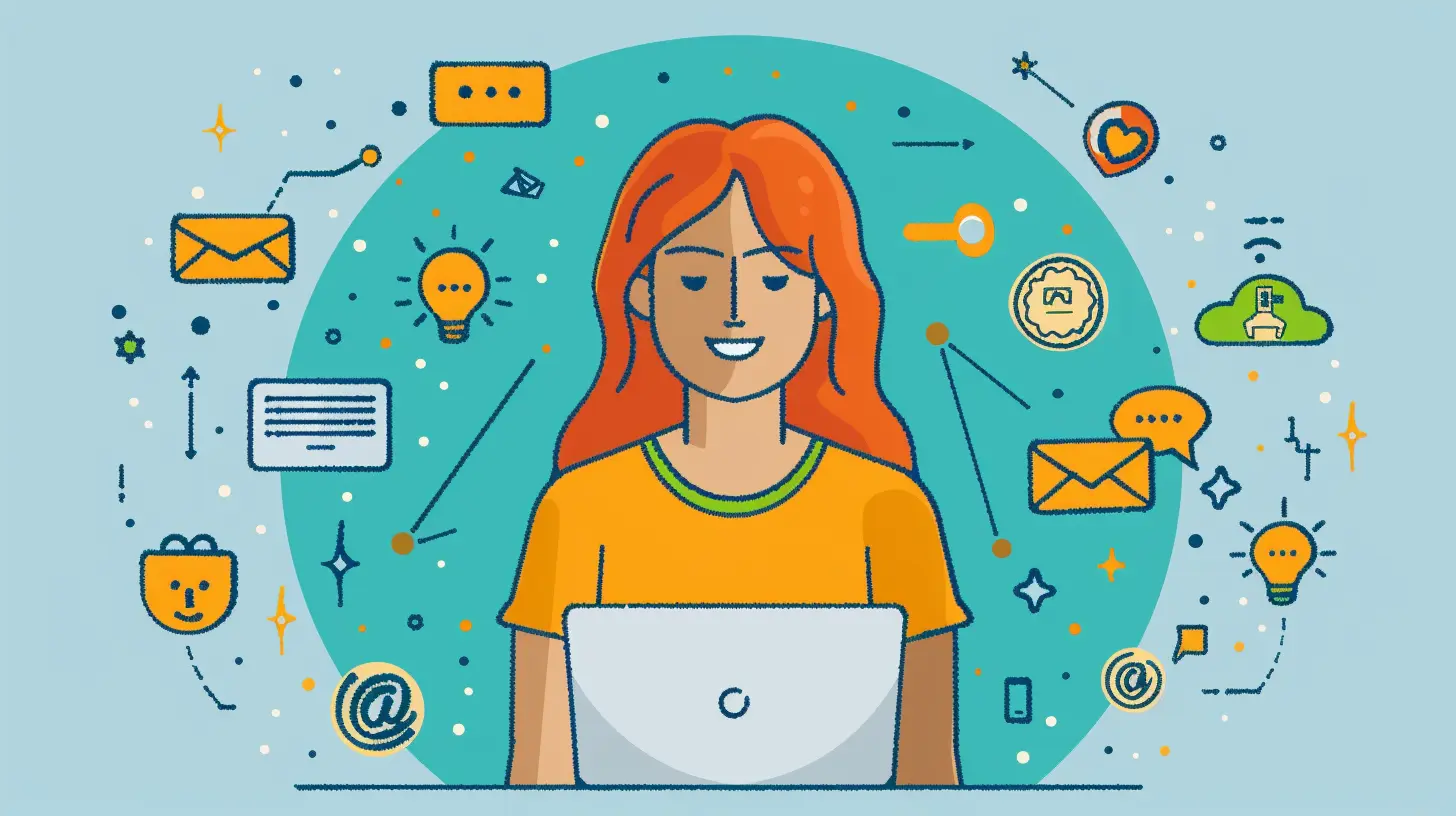Elevating Your Customer Experience Through Personalized Service
23 September 2025
Ever walked into a store and felt like they already knew you? Like the barista remembered your coffee order, or the sales associate knew exactly what you were looking for? That’s the magic of personalized service. And in today’s hyper-competitive world, businesses that nail personalization aren’t just gaining customers—they’re creating loyal fans.
Personalized service isn’t just a trend; it’s the future of customer experience. If you’re not tailoring your service to individual needs, you’re leaving money—and customer satisfaction—on the table. Let’s break down why personalized service matters, how it works, and how you can implement it in your business to keep customers coming back for more.

Why Personalized Service Matters
1. Customers Expect It
Think about the last time you shopped online. Chances are, you saw product recommendations based on your previous searches. Netflix suggests shows you might like. Amazon reminds you to reorder essentials. Personalization is everywhere, and customers have come to expect it.If your business isn't offering a personalized experience, you’re already behind. Customers today don’t just want great service—they want service that feels tailor-made for them.
2. It Builds Stronger Relationships
Imagine you walk into two coffee shops. In one, the barista greets you with a generic “What can I get you?” In the other, they say, “Hey, Sarah! Your usual caramel latte today?” Which one makes you feel more valued?Personalization fosters deeper customer relationships. When businesses take the time to remember little details about their customers, it creates an emotional connection. And when people feel valued, they stick around.
3. It Drives Sales and Customer Loyalty
Customers are more likely to buy from businesses that offer relevant recommendations. In fact, research shows that personalization can boost sales by 10-30%. Not only does personalized service enhance the buying experience, but it also increases customer retention.Loyal customers don’t just return—they become brand advocates, telling their friends and family about your business. And that’s the kind of marketing money can’t buy.

How Personalized Service Works
1. Understanding Customer Data
Personalized service starts with data. But don’t worry—you don’t need to be a tech genius to gather useful customer insights. Here are some simple ways to collect data:- Purchase history – What have they bought before?
- Browsing behavior – What are they interested in?
- Customer feedback – What do they love (or hate) about your service?
- Loyalty programs – Track customer preferences and buying habits.
The more you know about your customers, the better you can personalize their experience. But remember—transparency is key. Always ask for permission before collecting data and use it responsibly.
2. Segmenting Your Customers
Not all customers are the same, and that’s where segmentation comes in. By grouping customers based on behaviors, preferences, and demographics, businesses can tailor their offerings effectively.For example, an online clothing store might categorize customers as:
- Trendy shoppers – Always looking for the latest fashion.
- Budget-conscious buyers – Interested in discounts and deals.
- Repeat customers – Regular buyers who value exclusive perks.
Once you know which segment a customer falls into, you can personalize marketing messages, product recommendations, and customer service interactions accordingly.
3. Implementing Personalization in Customer Service
Personalization isn’t just about selling—it’s about making every interaction feel meaningful. Here are some simple yet impactful ways to personalize your customer service:Use Their Name
There’s something powerful about hearing your own name. Addressing customers by name in emails, chat support, or in-person interactions instantly makes the experience more personal.Offer Tailored Recommendations
Amazon has mastered this with their “customers who bought this also bought…” feature. Whether you run a retail store, a restaurant, or a service-based business, recommending products or services based on past behavior can enhance the customer experience.Remember Purchase History
Ever called customer support and had to repeat your issue multiple times? Frustrating, right? Keeping track of customer history allows you to offer seamless service. Instead of saying, "How can I help you?", you can say, "I see you recently ordered X. Are you facing any issues with it?"Celebrate Special Occasions
Small gestures, like sending a discount code on a customer’s birthday or offering a special deal on their anniversary with your company, go a long way in making them feel valued.
Implementing Personalized Service in Your Business
1. Train Your Team
Your employees are the frontline of your business. Making sure they understand the importance of personalization is crucial. Train them to actively listen, remember customer preferences, and use customer data effectively (without being intrusive).2. Leverage Technology
Technology has made personalization easier than ever. CRM (Customer Relationship Management) software can track customer interactions, preferences, and purchase history, allowing you to offer tailored experiences at scale.Chatbots and AI-driven customer service tools can also provide personalized responses based on a customer’s past interactions. But remember—while automation is great, nothing beats the human touch.
3. Gather Feedback and Improve
The best way to know if your personalized service efforts are working? Ask your customers. Surveys, social media interactions, and direct feedback can provide valuable insights into what’s working and what’s not.If customers love something, do more of it. If they have complaints, adjust accordingly. Continuous improvement is key to keeping your personalization game strong.

The Future of Personalized Customer Experience
As technology evolves, so do customer expectations. AI, machine learning, and data analytics will continue to shape the way businesses personalize interactions. However, one thing remains unchanged: customers want to feel valued.Personalization isn’t just about data and algorithms—it’s about creating meaningful connections. Businesses that prioritize personalized service will not only drive sales but also build lasting relationships with their customers.
Final Thoughts
At the end of the day, people remember how you made them feel. Personalized service isn’t just a strategy; it’s a mindset. When businesses treat customers as individuals rather than numbers, the customer experience transforms from ordinary to unforgettable.So, if you’re looking to elevate your customer experience, start by making it personal. Because in a world full of choices, the businesses that truly understand their customers will always win.
all images in this post were generated using AI tools
Category:
Customer ExperienceAuthor:

Ian Stone
Discussion
rate this article
1 comments
Leslie McKinley
Personalized service is key to enhancing customer experience. By understanding individual needs and preferences, businesses can foster loyalty, drive engagement, and create memorable interactions that truly resonate with customers. Elevate your strategy today!
October 3, 2025 at 12:55 PM

Ian Stone
Thank you for your insights! I couldn't agree more—personalized service is essential for creating lasting connections and enhancing overall customer experiences.


